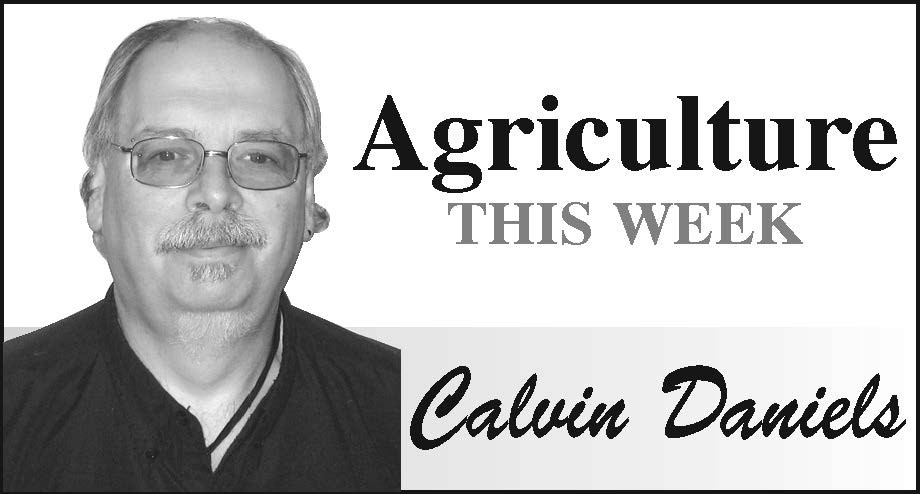Last week I filled this space with thoughts on how over the centuries, farmers and pet hobbyists have modified a number of species through selective breeding.
While the pigeon, discussed at some length last week, is exhibit one of that, but it extends across a wide range of animals we generally define as pets.
The dog was the first species to be domesticated and has been selectively bred over millennia for various behaviors, sensory capabilities, and physical attributes. The result is a massively diverse range of breeds.
“The smallest known adult dog was a Yorkshire Terrier that stood only 6.3 cm (2.5 in) at the shoulder, 9.5 cm (3.7 in) in length along the head-and-body, and weighed only 113 grams (4.0 oz). The largest known dog was an English Mastiff which weighed 155.6 kg (343 lb) and was 250 cm (98 in) from the snout to the tail. The tallest dog is a Great Dane that stands 106.7 cm (42.0 in) at the shoulder,” related Wikipedia.
Certainly it is hard to fathom the St. Bernard and Chihuahua being from the same root wild wolf centuries ago. And you can include the whippet, sharpie, and komondor to the list of breeds which look little like their cousins thanks to selective breeding modifying the base stock.
It is very much the same story when you look at the domestic cat, the tailless manx, the hairless Sphynx, the Scottish Fold (with its strange ears), and the long-haired Persian. They are distinctly different from each other, diverging from an ancient shared ancestry through selective breeding which has effectively modified the cat.
The same story can be told regarding rabbits, goldfish, and guinea pigs.
But it extends to plants as well. Flower lovers have bred for colours in flowers from orchids to gladiolas for centuries, modifying the plant from its basic form in the process.
Today the process of plant modification in particular is being sped along by the sciences of gene transfer, but is the result so different?
There is science in developing a new pigeon breed, just as there is science in an herbicide tolerant oilseed.
The question becomes why some people are suddenly fearing what science is creating today, while modified species exist all around us now.
It is a question the agriculture sector must answer in a way that will allow those with concerns to feel secure in the modern science of GMO.
Calvin Daniels is Editor at Yorkton This Week.



